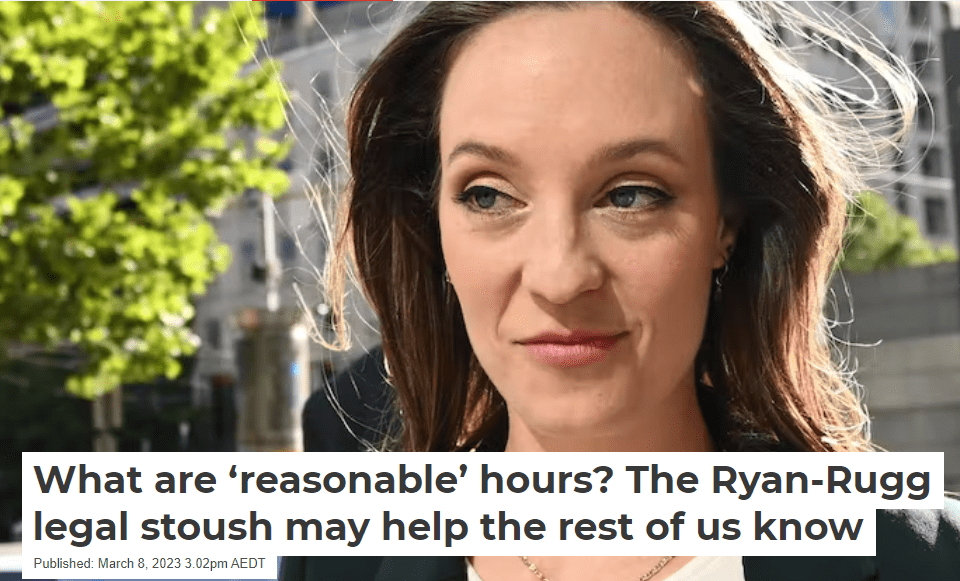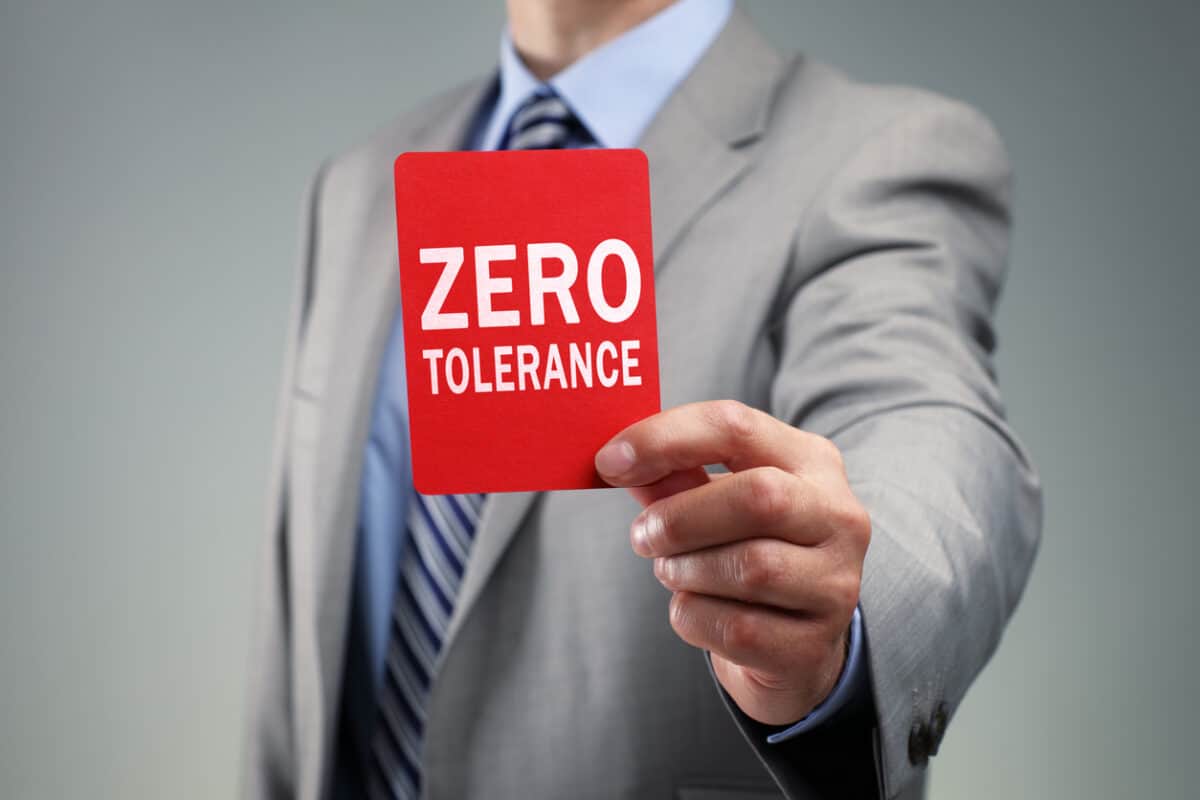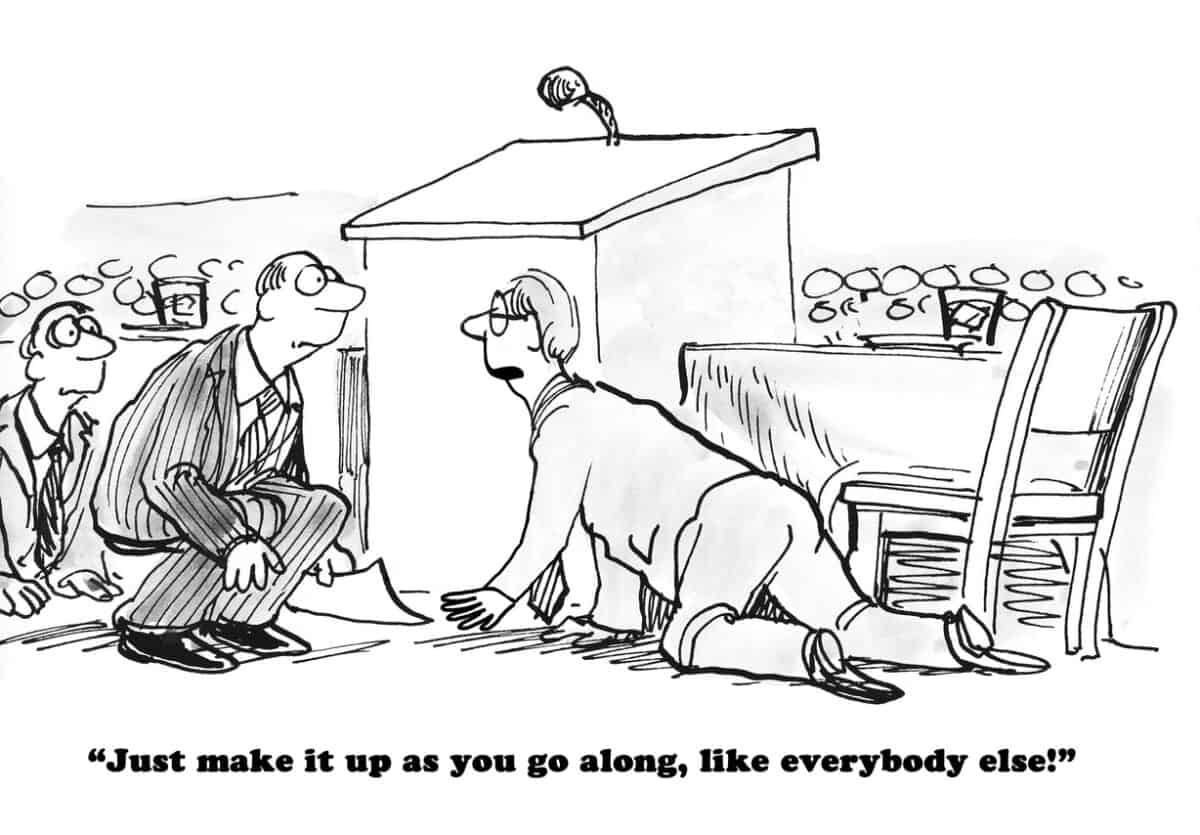On March 8, 2023, Giuseppe Carabetta, Associate Professor, University of Technology Sydney, wrote about how the current dispute between Politician Monique Ryan and her former Chief of Staff, Sally Rugg, could open the door to lots of legal action through the courts and the Fair Work Commission. Sadly occupational health and safety (OHS) does not feature, but let’s look at the industrial relations context first and consider what is meant by “reasonable”.
Category: Professional standards
OHS and the big picture
There is an increasing trend to look deeper into the causal factors of workplace incidents and poor worker health in the physical and psychological contexts. This is partly due to “systems thinking” and partly dissatisfaction with failed regulatory and psychological strategies that promised so much but have failed to realise the promise. The trend needs some boosting by the occupational health and safety (OHS) community, which itself needs upskilling.
Addendum: Chris Smith and the prevention of harm
The earlier Chris Smith article mentioned the earlier incidents that, given his recidivism, the control measures implemented failed or were inadequate. If these incidents had involved occupational health and safety (OHS) concepts and investigations, the latest incident may never have occurred.
OHS is big on investigations and contributory factors but usually after an incident. OHS tends to identify faults and failures after the event. However, this has become the norm because OHS and employers are less able or interested in investigating incidents with lesser consequences or what OHS call Near Misses. Chris Smith had no near misses, each of the earlier “misbehaviours’ were incidents that seem not to have been investigated to the standard or depth intended in OHS.
Dunlop on psychosocial risks in law firms
Recently Maddocks law firm partner Catherine Dunlop spoke on the Lawyers Weekly Show podcast about psychosocial risks in the workplace. Although the podcast aims at legal practices, Dunlop’s comments and advice seem to apply to many white-collar jobs and professions.
Dunlop said that the discussion about psychosocial hazards at work has matured since the sexual harassment Respect@Work report and that:
Governments could improve their OHS performance if they wanted
In 2019, the head of SafeWork South Australia, Martyn Campbell, told this blog that he agreed that government departments should be exemplars in occupational health and safety and that “we should be the pinnacle of safety professionalism and leadership”. It should not be a surprise to hear the head of an OHS regulatory agency claim this, but the origin of the question to Campbell stemmed from a review of Victoria’s OHS Act by Chris Maxwell QC in 2004.
Given the recent OHS-related scandals in various jurisdictions, which have often been related to the management of the coronavirus pandemic, it is worth reminding ourselves of the OHS performance standards that Maxwell advocated for all government departments and agencies.
When exemplars are far from
Extensive multinational auditing and consulting firms have been hammered for the last few years over the potential conflict of both auditing and advising the same companies and a toxic workplace culture. Most companies will not be able to afford these consultants’ prices, but the conduct of the large companies, the “corporate leaders”, affects every business by setting the standards. The influence of these large companies over public (and work health and safety) policy should also be noted and is being reviewed by some governments.
OHS is a journey but does it have to be so long?
Commitments to occupational health and safety (OHS) not only appear in Parliamentary debates on workplace safety. Last week, Labor Party politician Will Fowles reiterated the Victorian government’s OHS commitment in a speech about justice amendments and the police.
“This justice legislation amendment bill also establishes a legislative framework for the restorative engagement and redress scheme to support current and former Victoria Police [VicPol] employees who have experienced past workplace sex discrimination or sexual harassment.







